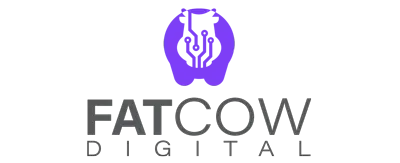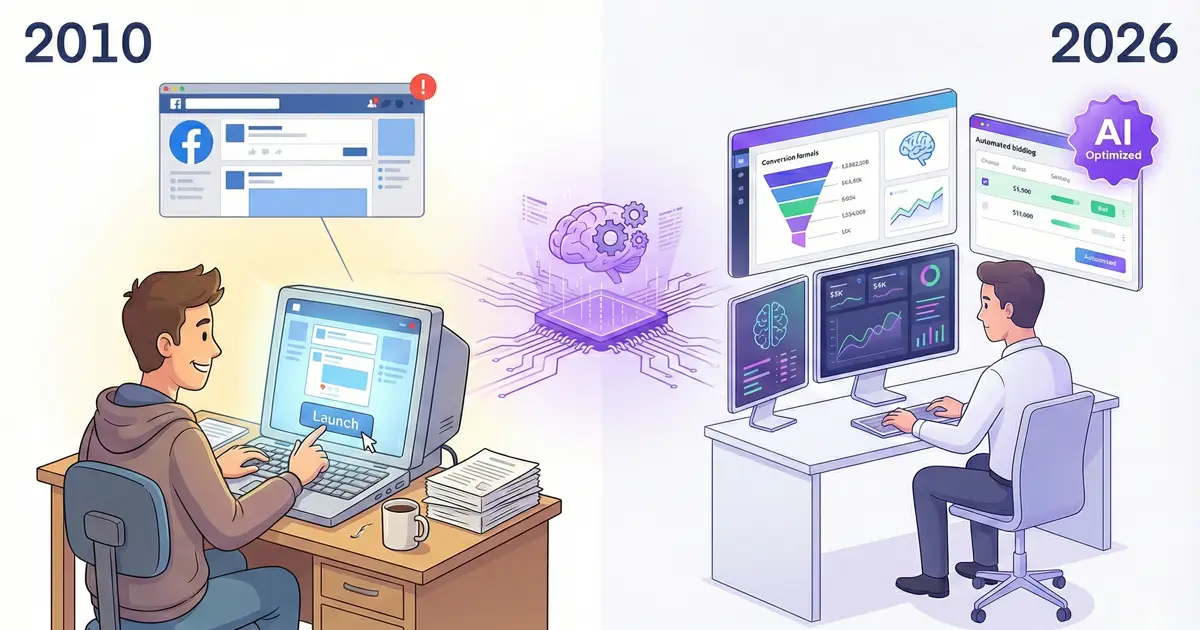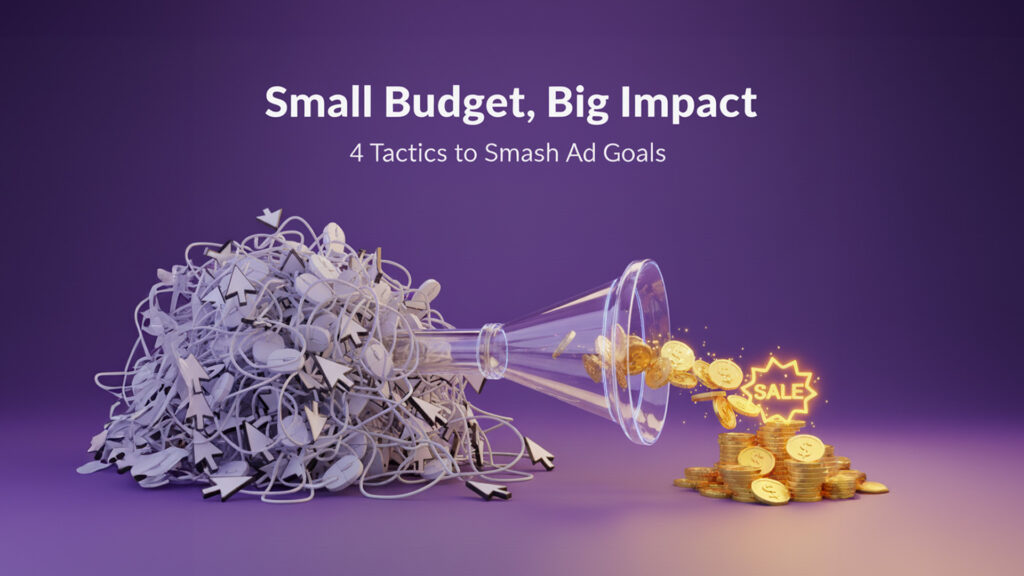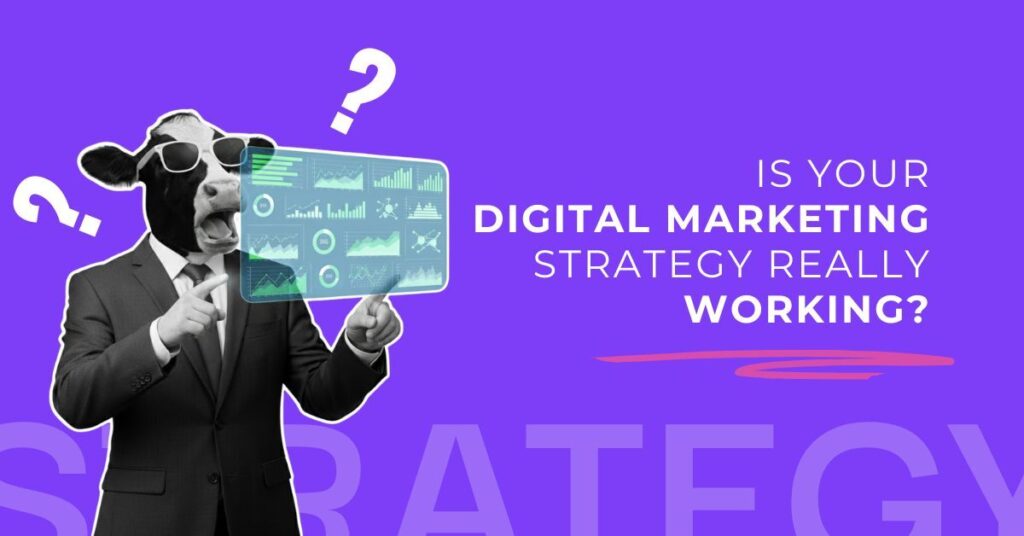The evolution history of Meta Ads
Anyone who has been in Social Media Marketing long enough remembers the good old days of the 2010s. We used to put 10 dollars on a less-than-average ad and watch it fly and think to ourselves wow, I really know what I am doing, when in reality most of us didn’t know s***.
In fact, competition was low and Facebook (now Meta) had all the information in the world on any individual at any time. Yes, you heard that one right, Meta had better targeting 10 years ago.
Backward Technology
Usually, when we think about technology and tracking, it never goes backwards (unless you believe the pyramids were built by aliens, not totally dismissing the theory). Technically, with all the advancements in technology and AI, one would think that targeting is laser focused now.
I wish that was the case because my life would be 10x easier, but it is not, so what happened?
If you just want the gist or looking for something specific, feel free to jump ahead.
Why did targeting become harder in the last couple of years?
If you are not familiar with iOS 14, here is a quick recap. Apple released iOS 14 in 2021, and some would claim it was done to force Meta’s hand into giving up a bigger chunk of ad revenue, but this was never confirmed.
Do Not Opt In
In short, the OS’s main focus was security, giving the user a clear opt out of tracking the minute they fire up their new phone or update their old one.
They packaged it in a way that made it really hard to opt in for tracking. This was roughly the message:

Allow Meta (or any other app) to track your activity across other companies’ apps and websites?
Meta’s Advertising Module Blow
As expected, the result was devastating for Meta, a behemoth advertising company built around interruptive marketing.
Knowing what the user might be interested in, whether in market, actively searching, even knowing what the user might want to purchase before the user actually knew.
With half the population carrying iPhones, Meta ads efficiency tanked almost by 40% and in some businesses, much more than that.
Interruptive vs. Intent Marketing
Unlike Google, where 90 percent of their ad revenue comes from search which essentially can work without tracking – not that you should – but it is fundamentally different.
If your ads show up when users are actively searching for them, you are less likely to be affected by this privacy update, nor will the ad blockers. Many claimed it would be the final nail in the coffin for Facebook ads.
Compare it to Google, which was effective regardless, because you are essentially looking for something, a product or a service. They were there with open arms or in this case… tailored ads.
But even Google upped their game with server-side tracking and enhanced conversions. Because even with intent, they still need to know what is going on to decide whether the user is a proper buyer or a random window searcher.
Facebook Ads are dead… Or so they thought.
If technology moves fast, it is now moving at lightning speed, especially in the last two years. Meta has since moved on from the 2021 blow with many tactics for tracking users, with probably the best one being their version of server-side tracking: Conversion API or CAPI in short.
This aggregate tracking of users on the server level had a positive effect on Meta’s overall ad performance and got better as time passed.
The downside was being too technical to implement for users who do not know about tracking and might need a paid plan to get it to work. On top of that, it still was not as accurate as targeting was pre-2021.
Change is the Only Constant
If there is one constant when it comes to technology or anything in life, it is change, and boy, this next change is going to shape humanity forever.
Fun Fact: One of Meta’s internal studies revealed that people scroll the height of the Eiffel Tower every single day on their phones, and Meta Ads compete in micro-milliseconds for every centimeter of that scroll.
Generative AI – The biggest invention since the internet

Enter Generative AI. Since its release to the public in 2022 via OpenAI’s ChatGPT took the world by storm. There were earlier iterations like Copy AI and other average AI startups, but they never caught on like ChatGPT did.
It is important to note that the technology was not developed by OpenAI; it has been around for quite some time, sitting in Google’s Deep Mind Labs, but when the cat was out of the bag, all hell broke loose.
Why Should You Care?
You might be thinking, great, a quick trip down memory lane, I have been hearing this AI broken record for the past three years, but why should I care now?
So why should you care? And how is this story connected to Meta’s Andromeda update and algorithm? And more importantly, how much of an impact did it have?
Andromeda Unleashed…
Sorry, I had to use this phrase as a title because it sounds like the name of a dragon from HOTD or some pirate ship.
It is actually the name of a princess from Greek Mythology, also the Andromeda Galaxy, a spiral one closest to the Milky Way. You decide where Meta got their inspiration, I think it is the latter.
When Did It All Start?
In late 2024 all the way to mid 2025, marketers started noticing a drop in their Meta ads performance. Some more than others, with accounts reporting almost a 60% dip in conversions.
This raised the alarm bells, and everybody was looking for an answer. There was no official announcement about a major update from Meta at the beginning.
They started rolling out the update in stages and testing it out.
Professional Digital Marketers Response
Marketers, being the curious creatures they always are, took to Reddit and other forums to figure out what is going on. A pattern started to emerge and things started making sense.
Campaign Budget Optimization Is Here To Stay
Ad accounts that have a lot of creative and are using Campaign Budget Optimization (CBO) started seeing better results than ones that have stacked audiences, lookalikes, and tighter targeting than a Lebanese parking spot on Hamra Street.
Sorry if you are reading this and did not understand the analogy, here is an international one for you, tighter than a pair of jeans after Sunday lunch…
Meta’s Shy Announcement.
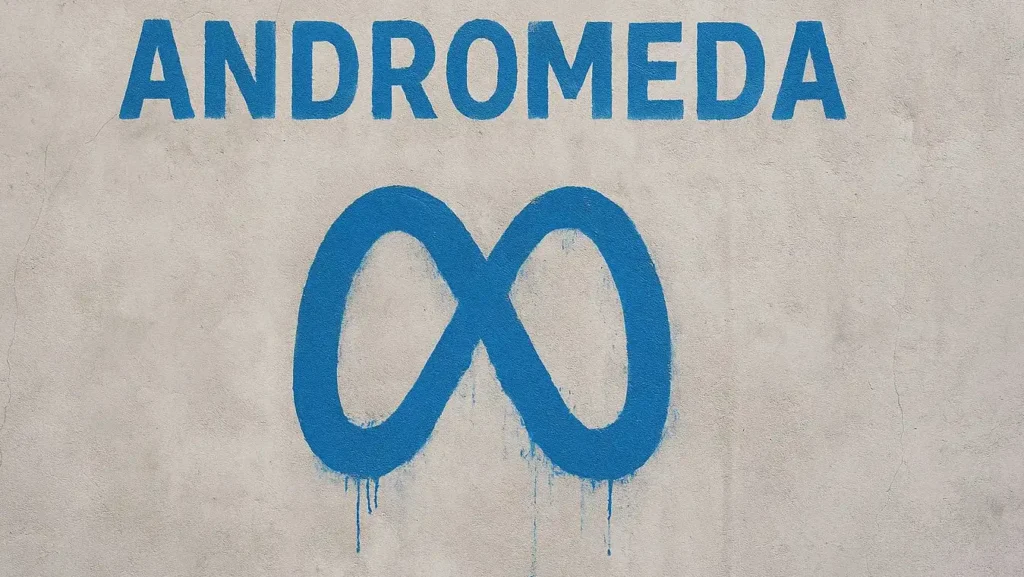
Usually, when Meta does something like this they have a big announcement and everyone knows right away. But this was low-key, no major announcement, no big news.
Probably they wanted to test it out without attracting much attention since it was unstable to say the least.
The Marketing World Reaction
As soon as the announcement was released, the marketing world went wild, at least for marketers who are up to date and spend a fortune every month on the platform.
Some called it the worst thing and others called it the best thing that happened for Meta in the last five years.
Why was Andromeda essential to Meta’s long term survival?
The reason I brought up Generative AI Content at the beginning is that it was the catalyst that put this into motion.
Meta Ads was never designed to handle this volume of ads published every day after AI went mainstream.
The Old Meta Engine
Meta’s old delivery engine could only retrieve a few hundred ads at any given time in an auction and decide on the winning ad.
This was enough before AI. All content was created manually and the total number of uploads was manageable.
All this changed when everyone suddenly could create and publish content in minutes. For those who used to do it manually, this meant they could 10x their output and test at a pace they never dreamed of.
The Deluge Of AI Ads
This resulted in millions of ads per day, most of them similar and lacking the creativity and depth that manual ads had.
Not that you cannot be creative using generative content. The sheer number of ads choked the system, causing a lot of scalability issues, inefficient matching, and crowding the pipeline with redundant, irrelevant low quality ads.
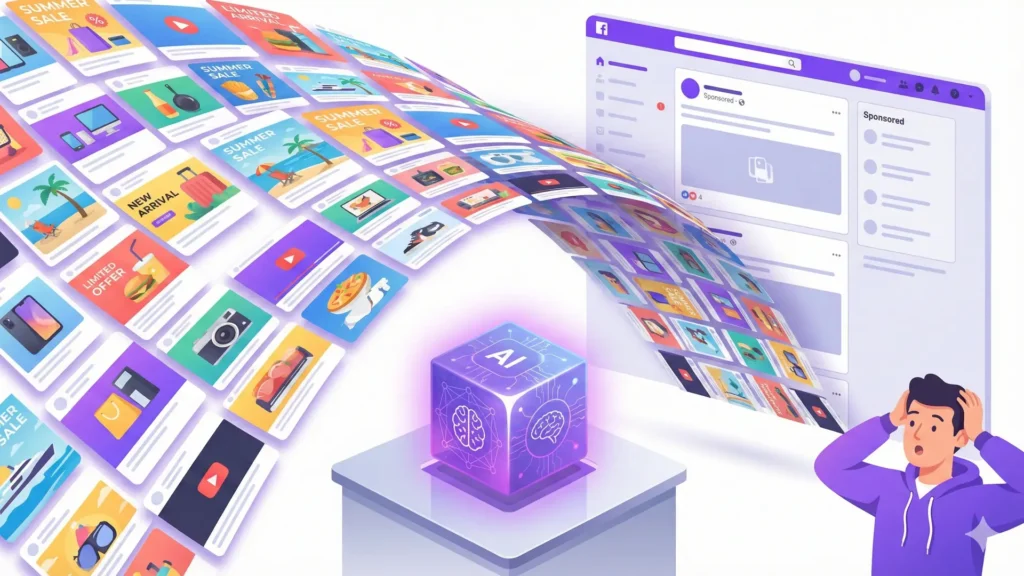
The new Meta Engine
After this update rolled out, the Andromeda low-latency retrieval system completely overhauled the infrastructure.
It was able to scan tens of thousands of ads in milliseconds as candidates for each auction. Using artificial intelligence to rank this massive number of ads and serve you the most relevant ad possible according to its context.
Next Gen Targeting
The algorithm no longer needed the marketer to control who sees the ads. Rigid targeting like age, gender, and interest is becoming obsolete.
Instead, it matches the user with the most relevant ad based on the context of the ad using highly intelligent AI powered algorithms.
It studies real behavior, what people click, watch, buy, or scroll past, and uses this data to predict which ad has the highest chance of engagement from the user right now.
Nuanced Placement Selection
It does not only pick what ad to display, it decides where to place the ad for each individual on the massive Meta ecosystem of placements. Facebook Feed, Instagram Stories, Reels, etc.
It factored in the tiny nuances of each person’s preferences. Thinking and adapting on the fly to make sure the ad and the format maximize the chance of a click or conversion.
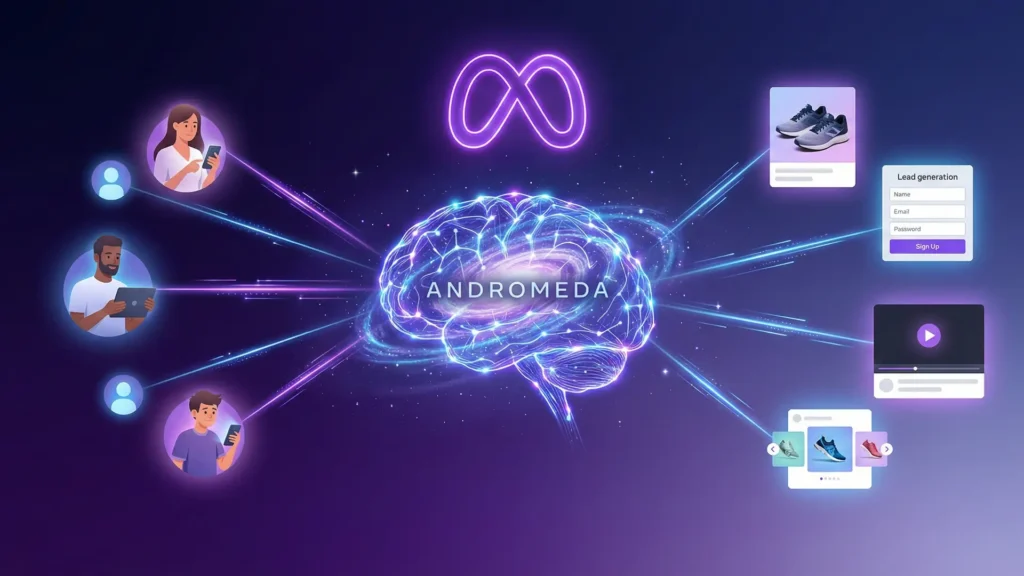
To top it off, being able to process all this information at the blink of an eye. The system gets smarter, faster, and more precise because it keeps learning, refining, and understanding users from every interaction, resulting in better matching between ads and people.
Audience Based Vs. Moment Based
This transition positioned Meta from being Audience Based to Moment Based. Picking ads in real time using thousands of signals and data points instead of fixed silos of audiences set by marketers.
Even with consistent A/B testing, those marketers may or may not know if the audience they are picking is the best audience for this product.
As a result, ads became efficient, personalized, and scalable. It is important to hightlight that this did not apply to everyone; some did not work, and are still running their own strategy that they have perfected over the years.
Real Life Applications
So what does all that moment based, low latency, and AI powered algorithms actually translate into in the real world? This is what users or small businesses who really could care less want to know.
To be honest, I couldn’t care less either if it was not for the bottom line. In short, understanding this will impact how much money you will be making from your Meta ads.
I am a seasoned marketer with years of experience and millions of ad dollars spent on Meta and Google Ads. I will tell you what I saw as an advertiser and as a regular user since I found out that this update existed.
As an Advertiser
I have been running campaigns for a variety of businesses, usually checking every other day to see what is going on and generally speaking changing creative every 1 to 2 weeks.
I did have a few campaigns running for more than a year. I have always been a huge champion of A/B testing. Unlike Google, where I have campaigns running for 3+ years, with Meta I rarely keep a campaign for more than a couple of months, usually capped by frequency.
However, there are a couple of campaigns that always have new items being added.
They are relatively easy to advertise, and always have some kind of offer that appeals to different avatars.
Redefining The Way I Advertise
Instead of seeing this campaign drop in performance after a while, the more I added ads to it the better it became.
This campaign had CBO (Campaign Budget Optimization), whereas the others had budget set at the ad set level. What started as a test to see Ad+ Audience and Placements turned out to be almost my second-best performer.
Things really took off when I found out about the update. At least 60% of my campaigns performed better when we started switching to Meta’s recommended practices.
Mind you, these are recommendations I have been fighting for years, I hated not being in control of my ads, segmenting everything, hands on every lever. It is exhausting.
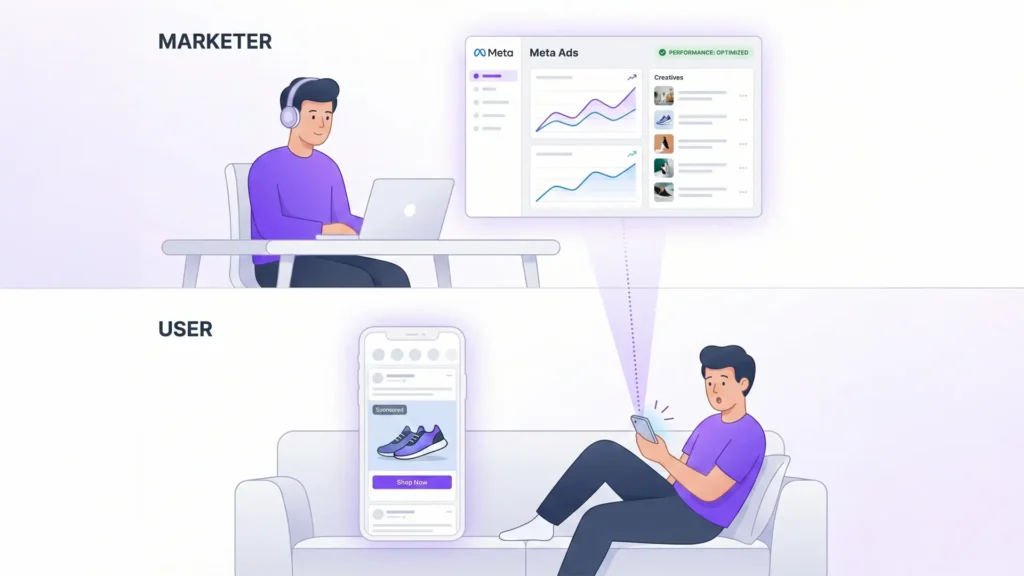
As a User
The speed at which I saw an ad for a product I was talking about or looked up was like nothing I ever saw before. This is the definition of “Low Latency”. The speed at which the system decides which ad to show when the user is scrolling is almost nonexistent.
This is why it takes seconds from wanting something and looking it up or even without looking it up, simply mentioning it in a conversation, to having it appear in your feed as a sponsored ad. And not just any ad, the best version of this ad tailored to meet the exact way I consume content.
How To Make the Most of This Massive Social Media Update?
Since this article is not a tutorial about best practices or a how to, I will keep it short and sweet. Believe me you do not need more than this if you are already familiar with Meta’s Ads Manager.
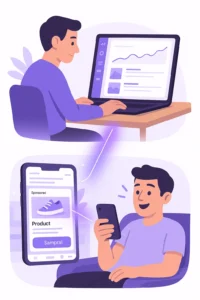
How Can YOU WIN With Meta's Latest Update?
These are the proven tactics that have consistently worked for me and my clients, even on smaller or less-than-ideal budgets.
Keep in mind that there are a lot of tactics or methods that are still disputed. The below is the approach from start to finish that almost everyone in the marketing world agrees on, or at least does not dispute.
Comparing Before and After Andromeda
The strategy is not unheard of or totally new, some of what is required has been around for a while.
For the ones that really know how to advertise, they will realize that most of the above are fundamentals.
The only difference is that now Meta is forcing you to do your homework on understanding your audience and avatars.
You need to create content that resonates with them, not content that you think would work or flashy ads that you yourself like.
Here is a quick comparison of what changed, what remained the same and everything in between post and before Andromeda.
From “I choose the audience” to “I feed the system and it finds the people”.
| Aspect | Before Andromeda | After Andromeda |
|---|---|---|
| Main success lever | Who you target. Most of the work is choosing interests, lookalikes, ages, genders and exclusions. | What you show. Creative becomes the main lever. Meta uses your ads themselves to decide who should see which message. |
| How Meta decides who sees your ad | Basic matching from a small list of ads to a fixed audience you defined. | For every impression it scans a huge pool of ads in milliseconds and picks the ad most likely to fit that person in that moment. |
| Audience strategy | Many narrow audiences. Interest stacks, separate lookalikes and lots of exclusions. | One broad audience most of the time. Mainly geo and language, plus a few smart exclusions like recent buyers when you want new customers. |
| Campaign structure | Many campaigns and ad sets. Each ad set has its own budget and its own audience. | Fewer campaigns. Often one campaign per goal with one broad ad set and Campaign Budget Optimization (CBO) handling budget. |
| Placements | You often pick placements manually and build separate setups for feed, stories, reels and others. | Advantage placements on. One system decides where each creative works best across feed, stories, reels, Messenger and more. |
This is where most of the leverage is now: ideas, angles, hooks and offers.
| Aspect | Before Andromeda | After Andromeda |
|---|---|---|
| Creative volume per ad set | 3–6 ads per ad set. Small changes between them. | 10–30+ ads per ad set when budget allows. Each ad should feel like a different idea or angle, not just a new color or one word change. |
| Creative style | One or two “hero” ads, usually polished studio work with similar tone. | A mix of UGC, studio, reels, stories, static images and carousels. Different tones for different people (price, speed, trust, lifestyle, education, etc.). |
| Creative testing | Classic A/B tests. Change one small thing at a time and test audiences first. | Big swings. You test different messages, offers and formats at the same time and let Meta match people to the creative that speaks to them. |
| Refresh rhythm | You change creative mainly when results drop or frequency gets high, often every 4–8 weeks. | You plan small refreshes all the time. Every 1–2 weeks you add new ideas and pause the weakest ads. You are always refreshing. |
| Optimization focus | You “fix” campaigns by changing audiences, bids, placements and budgets over and over. | You keep the structure simple and stable. You improve results by upgrading offers, landing pages and creative angles instead of over-editing settings. |
| Your day-to-day work | Mostly inside Ads Manager, slicing audiences and moving budget between many ad sets. | More time on scripts, hooks, visual ideas and creative briefs. You still watch the numbers, but most effort goes into creative and funnel. |
| What a “good account” looks like | Lots of campaigns and ad sets, strict rules and manual control. “Targeting ninja”. | Clean, simple structure, strong tracking and a deep bench of creatives. “Creative and data strategist”. |
The cleaner your data, the smarter Andromeda becomes.
| Aspect | Before Andromeda | After Andromeda |
|---|---|---|
| Tracking & signals | Pixel only for many accounts. Some events missing or not sending value. | Pixel plus Conversions API strongly recommended. Events are complete, deduplicated and carry values and user info so Meta can learn who is truly valuable. |
| Conversion event use | Goal often changed mid-flight: clicks, then leads, then sales depending on short-term results. | One clear goal per campaign (for example Purchase or Lead). You keep it stable so the system can learn exactly who converts on that event. |
| How learning works | Learning is split across many small ad sets. Big edits and budget moves reset it often. | Learning is concentrated inside one broad ad set. You avoid heavy edits and let it stabilize while you adjust creative. |
| Success metrics | Heavy focus on CTR, CPC and surface-level numbers. | Focus on real outcomes: cost per lead, cost per purchase, total revenue and overall return on ad spend. |
| Role of first-party data | “Nice to have” for many advertisers. | Core input. The more clean data you feed back (sales, lead quality, values), the better Andromeda can find the right people for your ads. |
Summary
If you have made it this far, thank you. And in all honesty, I think you have what it takes to create successful campaigns in the new Meta era; otherwise, you would have bounced the second you realized that it is a 12 minute read.
To wrap it all up, although the levers you need to pull for success in Meta ads are still the same, the only difference is that some of them simply have a bigger impact than they used to.
Creative is King
Creative was always important, and understanding your audience was and still is at the core of every successful campaign.
Asking the right questions and coming up with a detailed strategy for content based on clear personas is the way to go.
Advertisers sometimes want shortcuts, taking the easy way by dictating who sees what ad without much thought, research or trial. For some, it worked. For others, it did not, and they blamed Meta.
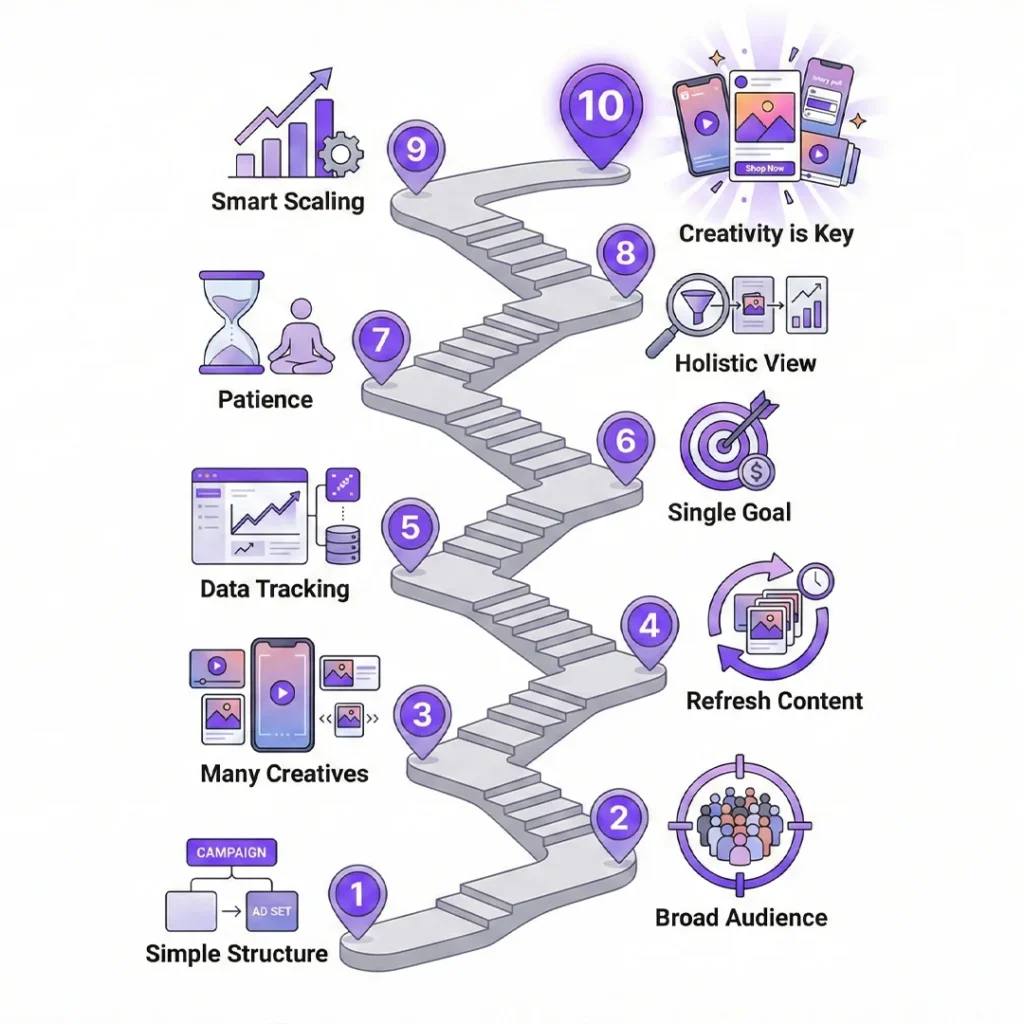
Let’s be honest, there is no magic hack here and no single perfect setup that works for everyone. Andromeda rewards good structure, strong signals and great creative, but it will never fix a weak offer or a broken funnel.
What I shared in this article are patterns that work very often, not a guaranteed recipe.
Ads For Big And Small Budgets
Yes, this kind of system shines when you have data and budget, but that does not mean smaller businesses are left out.
The logic is proportional. If you are targeting a 20 KM area and spending a few hundred dollars a month, you do not need 200 creatives. Maybe you just need 8 to 12 strong, varied ads that speak to different types of people in your town. Same rules, smaller scale.
If you take one thing from all this, let it be this. Creative is your new targeting, consistency beats cleverness. Keep your setup simple, your tracking clean, and your ideas fresh. The algorithm is smart, but it still needs you to give it something worth showing.
